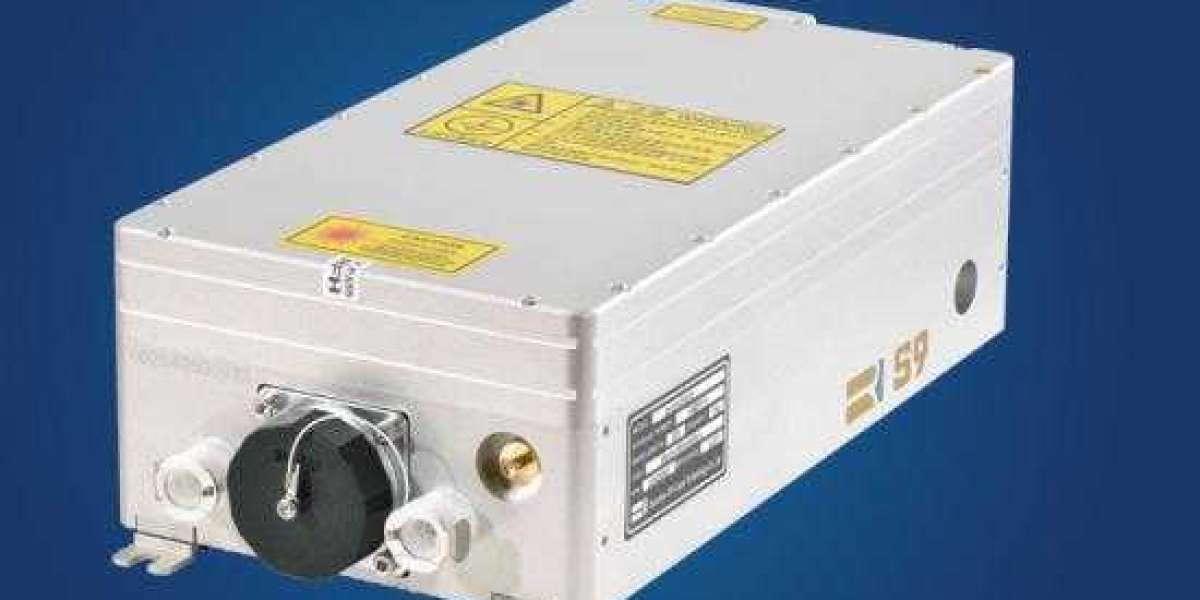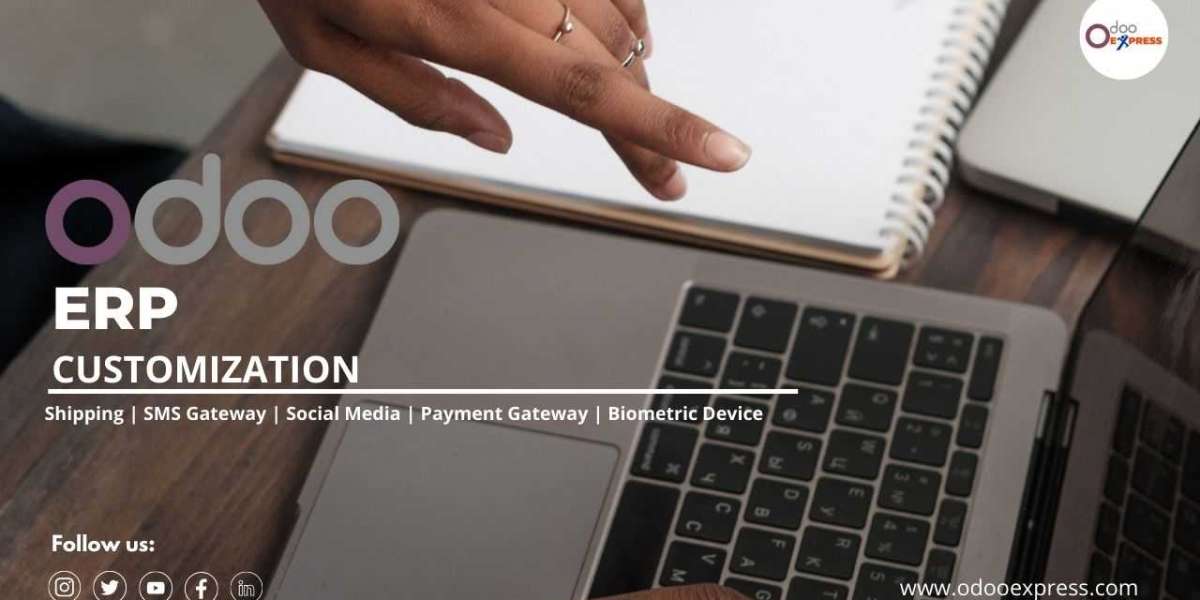Laser systems emitting in the ultraviolet region of the spectrum.
These solid-state (DPSS) diode-pumped (semiconductor) lasers emit in the ultraviolet (UV) range of the spectrum. The technology for the production of UV lasers is associated with many difficulties, but despite this, there are some sources of Ultraviolet laser radiation. There are two ways to make an Ultraviolet laser.
First, cerium-based solid-state crystals (Ce+3:LiCAF or Ce+3:LiLuF4) emitting in the UV range are used; in most cases, cerium crystals are pumped with nanosecond pulses. Secondly, solid-state crystals are used that emit in the visible or near-IR ranges (Nd:YAG or Nd:YVO4), followed by frequency conversion of the radiation on nonlinear crystals. For example, to generate a wavelength of 355 nm, an IR solid-state crystal (1064 nm) is used, followed by frequency tripling on a non-linear crystal, and for 266 nm, an IR solid-state crystal (1064 nm) is used, followed by two subsequent frequency doublings. Of considerable interest are UV laser diodes based on GaN and AlGaN, but their application is limited due to extreme instability. When UV radiation interacts with traces of hydrocarbons in the air, organic films are deposited on nearby surfaces (for example, solid-state and nonlinear crystals), which leads to a deterioration in the quality of radiation, therefore, for more efficient operation (especially with wavelengths ≤200 nm), it is recommended to use a vacuum. UV radiation can lead to a change in the chemical structure of a substance (for example, to breaking bonds), this property is used in the production of Bragg gratings, as well as for sterilization of water and medical instruments, curing of compound compositions (adhesive, epoxy resin).
Powerful Ultraviolet laser is used effectively to cut and burn small holes in a variety of materials, including materials that are transparent to visible laser light. UV radiation causes fluorescence on the surface of some materials, this phenomenon is used for analytical studies (for example, quality control). Ultraviolet laser can be continuous (CW) or pulsed (Q-switched pulsed). The UV range is quite promising for building high-precision information lasers for communication. The use of lasers for communication has had a great influence on the development of telecommunication information systems for monitoring the characteristics of the atmosphere.



